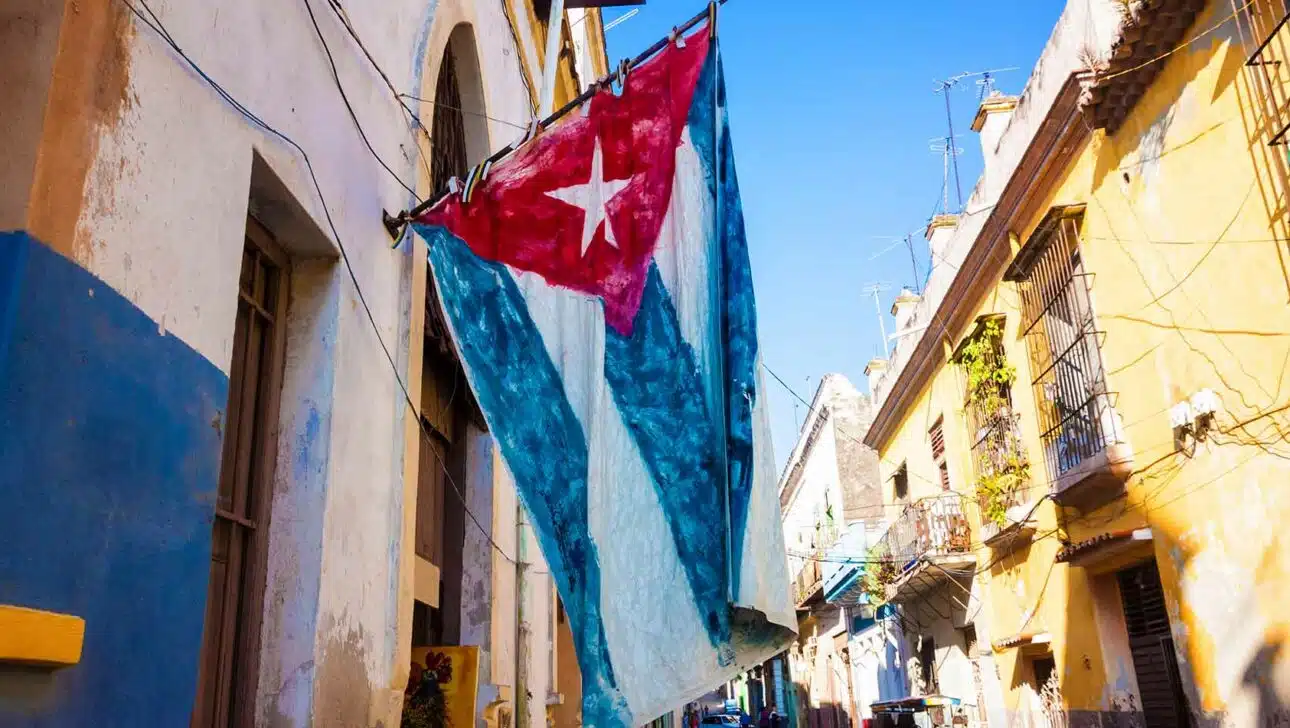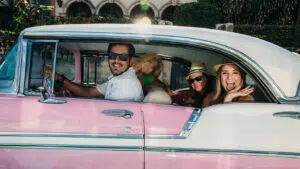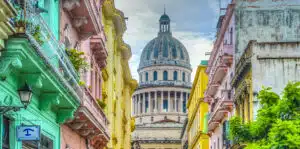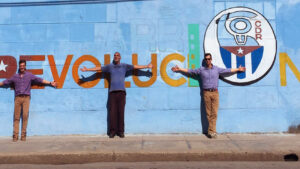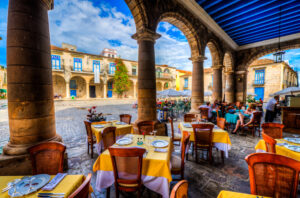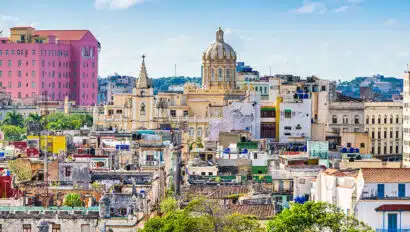Whether you were planning to travel to Cuba and took a pause in your trip planning or you just want to be well-educated when the topic turns to the new policy directive that ends the normalization period, we have informed answers to all of the questions that guests are asking us about travel to Cuba. For the official policy directive, read the Office of Foreign Assets Control’s guidelines. And if you prefer the cliff notes version, keep reading here so that with no legal degree required you can be up-to-date when the topic turns to the directive or you want to be sure that your travel plans are compliant with it.
1. I’m confused. Why doesn’t the new policy impact Classic Journeys trips to Cuba?
Let’s go back a few years to answer that question, because it informs every other question that our guests are asking us about travel to the island. You probably remember that until late 2012/early 2013, travel to Cuba used to be strictly forbidden in all forms because of the trade and travel embargo that has been in place since 1961. A few years ago, when restrictions first loosened, travelers were allowed to visit the island only as a part of formal people-to-people exchange programs (P2P). Those programs had to be licensed by the U.S. government. We actually spent 10 years applying for our license with the U.S. Department of the Treasury, Office of Foreign Assets Control (“OFAC”). Normalization relaxed the licensing requirements, but left in place the rules that the trips had to be for cultural exchange purposes. The last phase of normalization allowed independent travel. The June 16 announcement removes the more recent, looser guidelines, but left in place the original rules by which Classic Journeys has complied from the beginning. As we have returned time and again to the island, and as our relationships have grown significantly there, we’ve been able to constantly improve our itineraries, while still always living by the letter of the law that remains in place.
2. Is it still possible to fly to Cuba on the new commercial flights instead of charters?
Yes. The new policy directives are very clear that you can still fly to Cuba on U.S. commercial airlines. That means that you can compare prices and schedules, redeem your frequent flyer points or miles, and arrive into Cuba in the way that is most convenient for you and your schedule. As you probably know, it used to be that the only way to fly to Cuba was on tightly-controlled charter flights. Until very recently, that’s how we arranged for all of our guests to fly to Cuba and it’s why we required our guests to arrive in Miami the night before each departure; so that we could all board the same flight together. With the commercial flights now solidly in place, we’ve now eliminated the charter flights and the night in Miami. The benefit to you is that you have a lot more flexibility to plan your arrival and departure, just like you do for any other destination, and you save money on the flight and land program!
3. How will the new policy directive impact the hotels where you stay on tour?
Happily, Classic Journeys will not have to change our hotels in order to comply with the new policy directive. Any traveler can go online right now to www.gaviota-grupo.com to see what properties in Cuba are owned by GAESA, the Cuban military parent of Gaviota and the government’s arm in the tourism sector. None of our hotels are owned by Gaviota, which tends to own large all-inclusive resorts along Veradero Beach and the cayes on the north coast of the island—just the sort of places that we already work hard to avoid in Cuba and every one of the 90 or so regions around the world in which we operate our trips.
4. I’ve heard there are going to be record-keeping and reporting requirements for travelers visiting Cuba. What does that mean for me?
The new policy directive reaffirms that every tour operator must have an employee, consultant, or agent of the group accompany each departure to ensure that each traveler maintains a full-time schedule of P2P activities. The good news for all Classic Journeys guests is that we’ve always done this on every single departure that we have ever operated in Cuba, going back to our very first trip on the island in 2013. We’ve always kept a journal of our P2P activities on tour for each departure, and we always maintained that journal electronically in our database to provide to OFAC for each of our guests on each of our trips. We did this pre-normalization, during normalization and we will continue to do so post normalization under the new policy directives. So, Classic Journeys guests can travel carefree knowing that this important reporting function is taken care of for you by us.
5. How will this policy change affect the restaurants and other sites that you visit on tour, since many popular spots are businesses owned by Cuba’s military?
When we explore a region, whether it is Cuba, Cambodia, Croatia or any of the other almost 90 regions in 42 countries where we operate trips, our approach to travel informs our search for boutique hotels, privately owned paladars (restaurants) and unique people to people interactions that make our trips special. It’s in our DNA as we look to immerse our guests into the history and culture of the people and places we visit around the world. This also keeps us solidly in line with the P2P license requirements, including those in the new policy directive. So, if you visited us our office in La Jolla and we took you out to dinner, we’d prefer to take you to a locally-owned restaurant that serves the best freshly-caught ahi you can find anywhere, rather than to a large chain restaurant. That same approach is what steers us clear of the well-trod tourist spots in Cuba in favor of significantly more interesting and meaningful interactions with local artists, musicians, entrepreneurs, restaurant owners, classic car restorers and the like.

